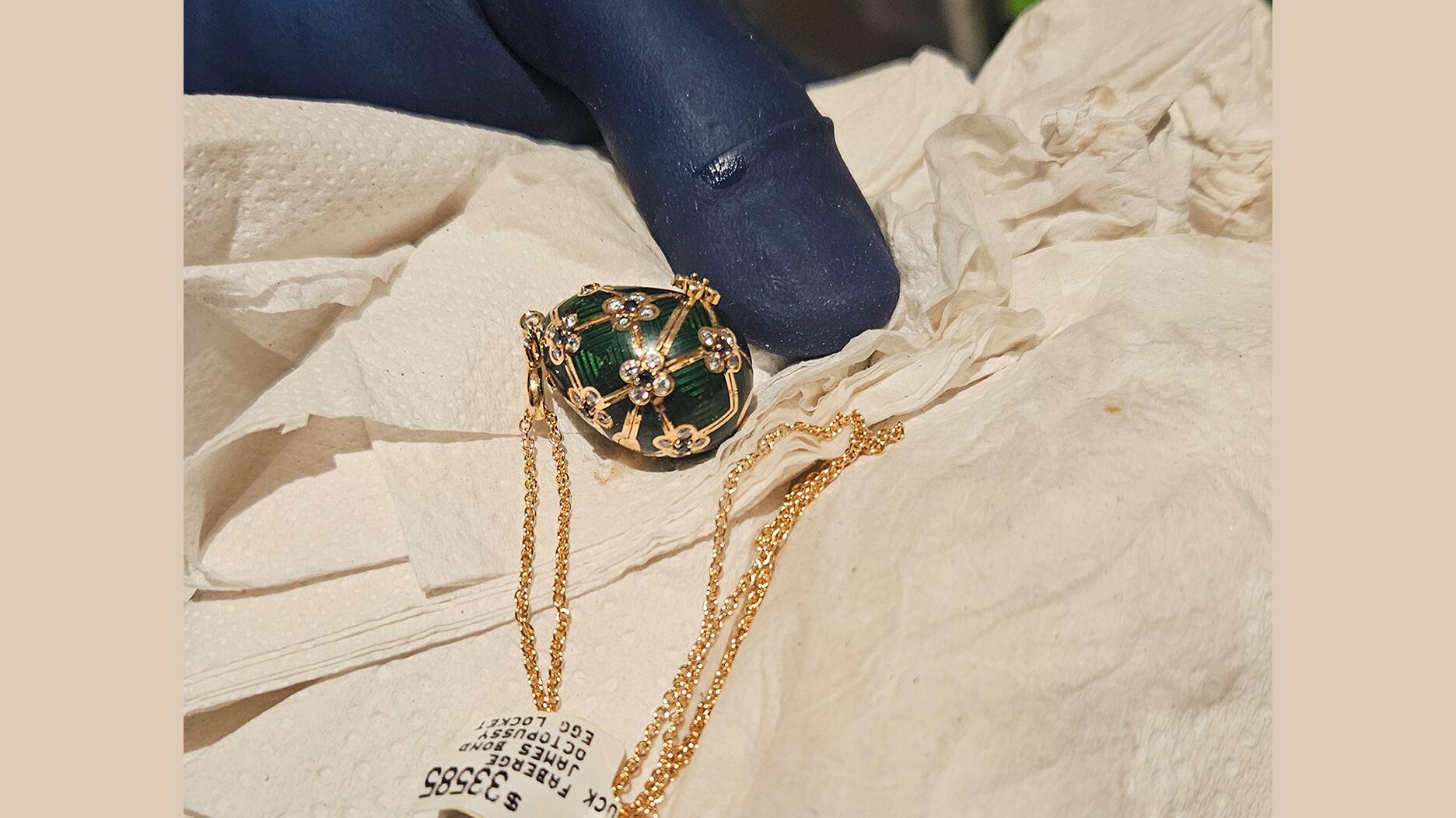The luxury goods company said founder Ippolita Rostagno will remain at the brand’s helm.
CA Man Sentenced in $147M Mining, Digital Currency Scam
Steven Chen got 10 years in prison for his role in a scheme to solicit money from investors using a fake digital currency backed by gemstones mined from non-existent sites.
Los Angeles—A California man has been sentenced to a decade in prison for his role in a scheme to cheat investors out of millions using a fake digital currency backed by gemstones.
The U.S. Attorney’s Office for the Central District of California announced Monday that 63-year-old Steven Chen of Bradbury, California pleaded guilty in June 2020 to one count of conspiracy to commit wire fraud and one count of tax evasion.
Chen was the owner and CEO of a company called U.S. Fine Investment Arts (USFIA), as well as six other companies that used the same address.
The attorney’s office said from July 2013 to September 2015, Chen, or “Boss” as he was also known, solicited investments in USFIA, ultimately obtaining about $147 million from 72,000 victims in what the office has called “one of the largest pyramid schemes ever prosecuted in [that] district.”
He falsely promoted USFIA as a successful multi-level marketing company that extracted amber and other gemstones from non-existent mines the company claimed to own in the United States, Dominican Republic, Argentina and Mexico.
Chen promoted his scam, prosecutors said, through a scheme in which compensation for recruiting other investors came primarily from new USFIA investor payments.
The investors were duped into buying investment “packages” ranging in price between $1,000 and $30,000, with each package supposedly comprised of amber and other gemstones as well as USFIA “points,” which could be converted into shares in the company when it went public.
Chen, however, never intended for the business to go public, the attorney’s office said.
USFIA also offered other bonuses, like cash, travel, luxury cars and homes, to investors who recruited others.
Starting in September 2014, Chen and others changed the promotion by offering “Gem Coins” instead of points.
They falsely ensured the coins were a legitimate digital currency backed by the company’s gemstone holdings. Chen also lied about the coins already being in wide circulation in the jewelry and finance industries.
According to prosecutors, USFIA did not generate any “significant revenue” from its business operations, apart from selling the investment packages.
It also said the amber and other gemstones provided in the packages—which Chen and his associates claimed they were mining—were bought from domestic and international suppliers and given “grossly inflated” prices.
And the “Gem Coins” were not circulated in any industry, weren’t accepted by any merchants and, essentially, have no economic value.
The
U.S. District Judge John F. Walter, who handled Chen’s sentencing, ordered him to pay $1.9 million in restitution to the IRS and the judge scheduled a July 16 restitution hearing for USFIA investors who were victimized in the scheme.
Meanwhile, 54-year-old Leonard Stacy Johnson of Huntington Beach, California, whom prosecutors say helped promote USFIA and Gem Coins under Chen’s direction, pleaded guilty in July 2019 to one count of tax evasion and one count of making a false statement on an immigration document.
Johnson’s sentencing is scheduled for May 24.
The Latest

Laura Burdese, who joined the Italian luxury brand in 2022, will take on the role in July.

The National Jeweler editors revisit the most noteworthy industry happenings and design trends from 2025.

How Jewelers of America’s 20 Under 40 are leading to ensure a brighter future for the jewelry industry.

Need a gift for the cat lover who has everything? Look no further than our latest Piece of the Week.


It purchased the “Grosse Pièce,” an ultra-complicated Audemars Piguet pocket watch from the ‘20s, for a record-breaking price at Sotheby’s.

The lab-grown diamond grower now offers custom engagement and fashion jewelry through its Kira Custom Lab Jewelry service.

Roseco’s 704-page catalog showcases new lab-grown diamonds, findings, tools & more—available in print or interactive digital editions.

Chandler got his start at Michelson Jewelers and has served as DCA president and CEO since 2001. He will retire at the end of the month.

The boutique is slated to open this week inside Terminal 8, offering pre-owned Rolex watches and more to international travelers.

Sponsored by Digital Monitoring Products

Associate Editor Natalie Francisco plays favorites with Piece of the Week, selecting a standout piece of jewelry from each month of 2025.

The “Love and Desire” campaign is inspired by the magic that follows when one’s heart leads the way, said the brand.

Two awardees will receive free tuition for an educational course at the Swiss lab, with flights and lodging included.

Berta de Pablos-Barbier will replace Alexander Lacik at the start of January, two months earlier than expected.

Sotheby’s held its first two jewelry sales at the Breuer building last week, and they totaled nearly $44 million.

Winners will receive free registration and lodging for its fourth annual event in Detroit.

Here are six ideas for making more engaging content for Instagram Reels and TikTok, courtesy of Duvall O’Steen and Jen Cullen Williams.

The honorees include a notable jewelry brand, an industry veteran, and an independent retailer.

Yood will serve alongside Eduard Stefanescu, the sustainability manager for C.Hafner, a precious metals refiner in Germany.

The New Orleans jeweler is also hosting pop-up jewelry boutiques in New York City and Dallas.

Set in a Tiffany & Co. necklace, it sold for $4.2 million, the highest price and price per carat paid for a Paraíba tourmaline at auction.

The jeweler’s “Deep Freeze” display showcases its iconic jewelry designs frozen in a vintage icebox.

Take luxury gifting to new heights this holiday season with the jeweler’s showstopping 12-carat sphene ring.

This year's theme is “Unveiling the Depths of the Ocean.”

In its annual report, Pinterest noted an increase in searches for brooches, heirloom jewelry, and ‘80s luxury.

Starting Jan. 1, customers can request the service for opal, peridot, and demantoid garnet.

























